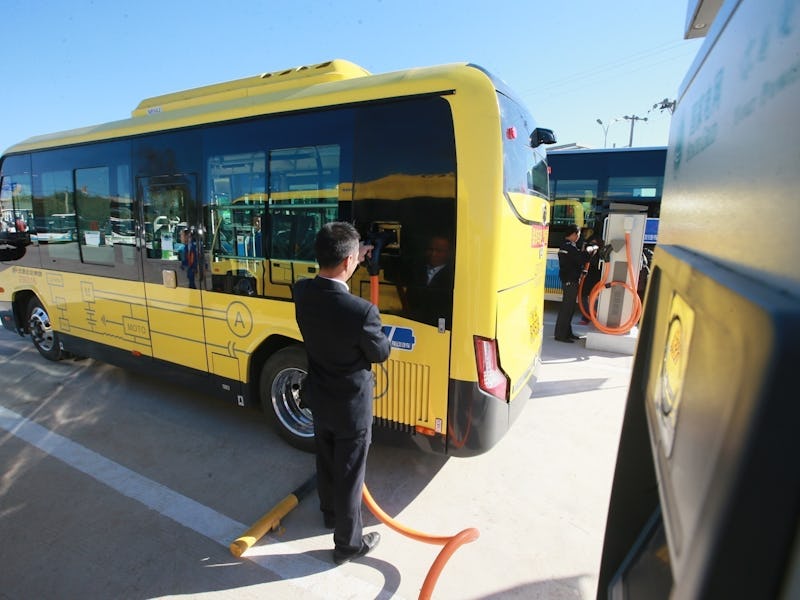Sweden is Obsessed With Finding the Perfect Electric Bus Route

Not only did Sweden roll out its first wireless charging electric buses earlier this month, researchers created a model that can transform the way cities think about urban transit.
The researcher’s model streamlines the charging process for buses so they can stay on the road for as long as possible without being tied to overhead wires like many modern electric buses. It proposes the best locations to install chargers for buses, improving energy and cost efficiency and decreasing fossil fuel use. According to Maria Xylia, an energy technology researcher KTH Royal Institute of Technology, if Stockholm installs 150 chargers to power 94 bus routes, the city could lower energy consumption by 34 percent.
The report says the new buses could cut CO2 emissions in half in Stockholm. Now think about the effect electrified urban transit could have globally, especially if the energy comes from renewable sources
This model can be applied to any city. And some cities in the U.S. have also started rolling out electric buses. According to the Department of Transportation, the U.S. has more than 300 zero-emission buses in various cities. For example, in 2015, the Chinese company BYD won a major contract for electric buses in Washington, which includes buses for both highways and within the city, as well as short and long-range charging on-route. Last January, the Chicago Transit Authority announced plans to purchase 20 to 30 all-electric buses over the next several years. And by 2018, the Antelope Valley Transit Authority in the Los Angeles area plans to convert all its buses to electric buses by 2018 and install wireless bus chargers.
Although cities would have to invest in chargers and connection to an electric power grid, savings in fuel costs will balance it out. For example, Stockholm would save 40 percent in fuel costs. Lower cost means fewer electrified bus lines, but still lower energy consumption.